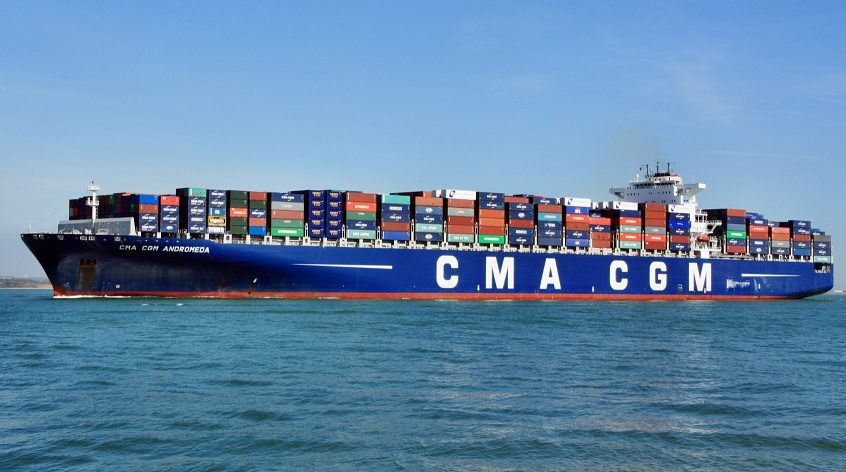The CMA CGM Group, which includes ocean carrier APL, has raised its Emergency Bunker Surcharge (EBS) to $100 per TEU for all deep sea cargo movements from December 1, 2018.
Introduced by the French carrier and a number of its peers in June, in response to higher fuel prices, the controversial EBS was initially set by CMA CGM at $55 per TEU.
The charge varied between carriers, for instance Maersk Line’s EBS was $60 per TEU, while MSC did not publish its EBS and referred to it as a “temporary measure”.
Shippers expressed anger about the attempt by carriers to impose similar surcharges, which they suggested could be construed as price signalling, and also questioned the validity of the word “emergency”, alleging the container lines were attempting to claw back compensation for the gradual rise in bunker costs over the past quarters.
Indeed, the European Shippers’ Council (ESC) complained to the European Commission, saying: “The application of any emergency surcharge should be reserved for events that cannot be foreseen (such as a crisis influencing the availability of oil). In those situations, it would be unreasonable to have the carrier bear alone the impact on the price of bunker fuel.”
In practice however, many shippers had contracts that were inclusive of bunker surcharges and were therefore unaffected, while for spot business the EBS was gradually rolled up into the freight rate.
It is surprising therefore after the failure of carriers to make their EBS notices stick to see that CMA CGM is persisting with its surcharge.
CMA CGM justifies its EBS hike based on the historical average price of Brent crude in October. However, from its high of $86 a barrel last month its price has fallen to a six-month low of $72, due to supply and trade war concerns.
Meanwhile, most of CMA CGM’s peers are focusing on preparing shippers for a surcharge to compensate for the higher cost of low-sulphur fuel after the IMO’s new 0.5% sulphur cap regulations commence on 1 January 2020.
Equally controversial, given the opaque nature of the carriers’ various low-sulphur fuel surcharge formulae, many shipping lines are proposing to roll out their new bunker surcharge recovery mechanisms from 1 January next year – some 12 months before the IMO regulations come into force.
Currently, heavy fuel oil (HFO), which ships consume in the main legs of their voyages, is at around $450 per tonne,, whereas low-sulphur marine gas oil (LSMGO) is $200 -$250 per tonne more expensive.
Some analysts predict the ‘spread’ could double come January 2020, but equally there are a few experts that suggest that the gap could eventually be much narrower, given that in terms of supply and demand, the majority of ships will need to consume low-sulphur fuel, with perhaps only 5% fitted with exhaust gas cleaning scrubbers still requiring HFO.
They also put forward an argument that the higher demand for low-sulphur fuel will induce more refiners to produce more, leading to long-term decline in prices.
Copyright Ships & Ports Ltd. Permission to use quotations from this article is granted subject to appropriate credit given to www.shipsandports.com.ng as the source.

